'A Room of One's Own' (fortyfivedownstairs) ★★★★
In this intelligent and unusual play, director Peta Hanrahan arranges Virginia Woolf’s great essay A Room of One’s Own into an hour-long play for four voices. Curiously, perhaps, it works so well as a play because of how well Hanrahan has read the essay. The play derives its drama from the essay’s dramatic elements. Like the essay, the play has what might be called an inward dramatic form: its imaginative backdrop is not the living room or the moor, but the mind. It is a play of thought, as Woolf so singularly knew how to invent them: many-voiced, self-questioning, stark, and sensuously wordy.
The essay originated in two lectures which Woolf (denied a formal education herself because of her gender) gave in Cambridge in 1928 on the topic of ‘Women and Fiction’. She opened the topic out through a sequence of radical questions, and tested these against daily experience. Her essay had, from the first, the dramatic form that its pronouns set out in its first paragraph: ‘one’ and ‘I’ and ‘you’. It set up a conflict between her stark questions and all the various accidental often humorous encounters and shocks of her experience over a few days in Cambridge and London. And her ‘I’, in the essay, was not single. ‘Here then was I (call me Mary Beton, Mary Seton, Mary Carmichael or by any name you please …).’ Mary Beton, Mary Seton, and Mary Carmichael were ladies-in-waiting to Mary, Queen of Scots. The ‘I’ in Woolf’s essay, then, was from the first many-charactered. ‘One has only to read, to look, to listen, to remember …’
Hanrahan has discovered, in reading Woolf’s essay, an interplay of four voices. She has cast these as four characters, named in the program as the Actor I – the Questioner, Actor II – the Diplomat, Actor III – the Sceptic, Actor IV – the World. They are played, respectively, by Anthea Davis, Marissa O’Reilly, Anna Kennedy, and Jackson Trickett. Marissa O’Reilly, rightly, plays the Diplomat as something more than a diplomat. Her actor is the voice in Woolf’s essay of joy in the world. From all four actors the play demands a prodigious feat of memory. It holds to the various glories of Woolf’s prose – its shining anecdotes, quips, stops, and sudden turns. Against the bareness of its set, on its traverse stage, the language of the play creates vivid scenes.
 Anthea Davis, Anna Kennedy, Jackson Trickett, and Marissa O'Reilly (photograph by Tommy Holt)
Anthea Davis, Anna Kennedy, Jackson Trickett, and Marissa O'Reilly (photograph by Tommy Holt)
Watching the play is strangely like the experience of reading one of Woolf’s novels, in which different points of view and modes of feeling interrupt each other. One of the achievements of the play, in fact, is to reveal how essential such drama is to Woolf’s writing. ‘Stream of consciousness’ may be the usual term for it; but this play, with its drama of different voices, probably gives a truer sense of how her writing works.
 Marissa O'Reilly (photograph by Tommy Holt)
Marissa O'Reilly (photograph by Tommy Holt)
Much of the energy of the play comes from its sudden shifts from one mode of thinking to another. Now it is thought hesitatingly inventing itself; now it is rapture; now it is anecdote; now it is the statement of an argument. It is a different kind of dramatic conflict. Each actor, each voice, needs to establish, against the others, repeatedly, its own pace, and kind of feeling, and level of feeling. On opening night, perhaps the ending, for that minute when the voices weave together, did not find its right pacing. For the rest, the actors were compelling and strong in their differences – their ability to keep alive the play’s tension between its quick-changing modes of argument, lyric, history, and memoir.
In this, too, the play holds true to Woolf’s writing. Her essay rings with the word ‘But’. ‘But then one would have to decide … but here I was … but …’ From the first beadle who rises up to warn her off the green college grass, she keeps meeting incarnations of the person from Porlock. Her essay takes, even into its form, these sudden refusals and interruptions. It is, she sees, something that the men in their venerable colleges, in their comfortable armchairs, after their rich dinners, in their long conversations, cannot imagine. She makes a new form out of it. Sentient Theatre’s inaugural production has, with integrity, given Woolf’s essay a new incarnation.
Ninety years after Woolf’s essay was first published, many of the questions that she asks in it still feel vital. Why are women poor? What effect does poverty have on the would-be creative mind? Why, when they hold so much power, are men still angry? What would have happened to Shakespeare’s equally talented sister? And why, we could add, do works as interesting as this have to struggle for proper funding?
Sentient Theatre’s A Room of One’s Own premièred at the Carlton Courthouse Theatre in Melbourne in 2016, produced by La Mama. It is showing as an Encore season at fortyfivedownstairs until 28 July 2019, produced by fortyfivedownstairs and La Mama Theatre Inc. as a Sentient Theatre production. It is touring regional Victoria in August 2019, produced by Regional Arts Victoria.







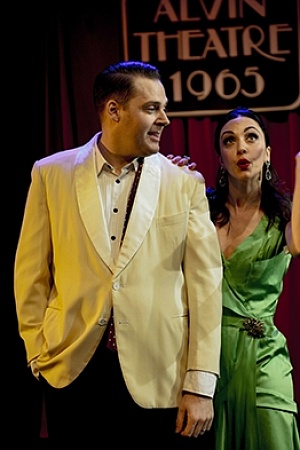
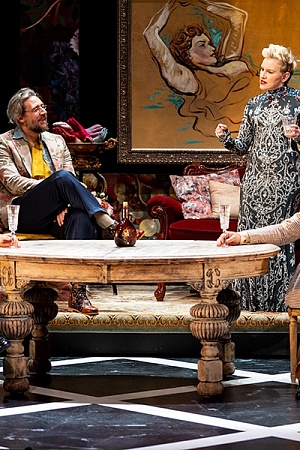


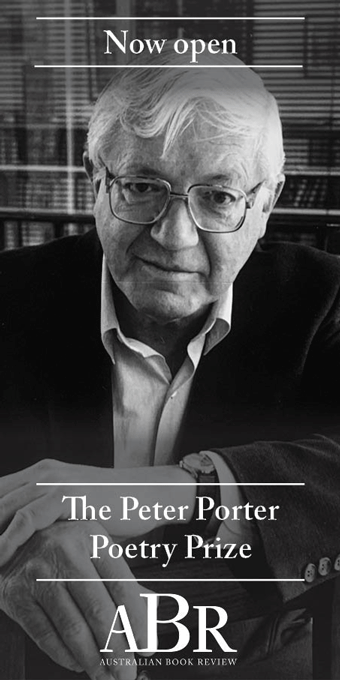
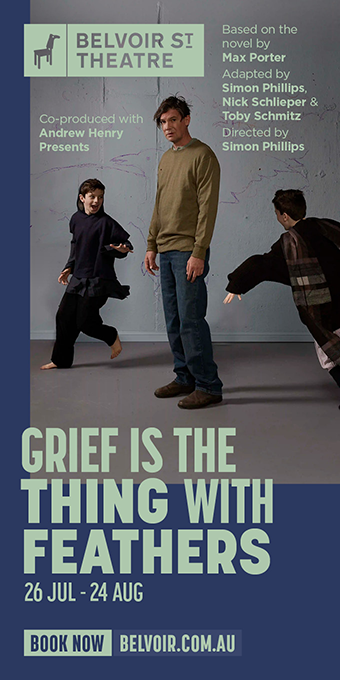
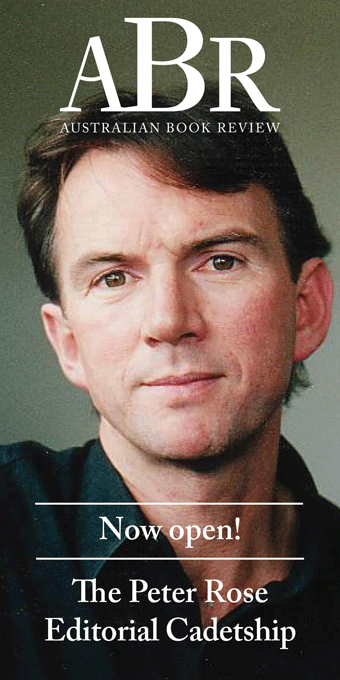

Leave a comment
If you are an ABR subscriber, you will need to sign in to post a comment.
If you have forgotten your sign in details, or if you receive an error message when trying to submit your comment, please email your comment (and the name of the article to which it relates) to ABR Comments. We will review your comment and, subject to approval, we will post it under your name.
Please note that all comments must be approved by ABR and comply with our Terms & Conditions.